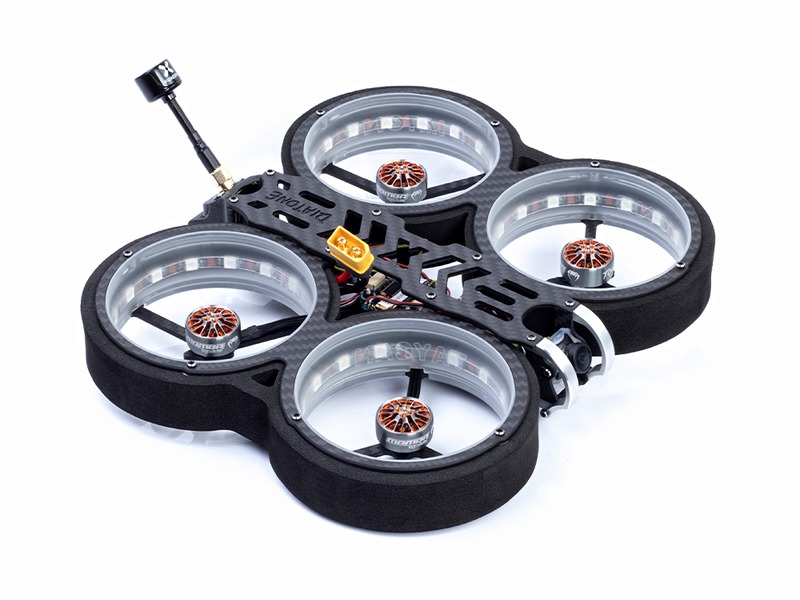How do drones fly for dummies?

Drones, otherwise known as unmanned aerial vehicles (UAVs), are becoming increasingly popular for commercial and recreational purposes. They are basically small airplanes or helicopters that fly without a pilot onboard. Drones are versatile and can be used for a variety of tasks such as taking aerial photos, delivering goods, and even helping to monitor crops. So how exactly do drones fly?
The answer is simple: drones use a combination of motors, propellers, and sophisticated software that help them take off, turn, and land safely. Let’s take a closer look at how these components work together.
At the heart of a drone is its motor, which is powered by a battery. The motor is connected to the propellers, which are usually either four or six in number and can be made of either plastic or carbon fiber. When the motor is activated, the propellers spin, providing lift and thrust to the drone. By controlling the speed of the propellers, the drone can ascend and descend, and by changing the direction of the propellers, it can turn left, right, forward, or backward.
In addition to the motor and propellers, drones contain sophisticated software that helps them stay in the air. This software, known as a flight controller, allows the drone to calculate its speed and position in space, adjust its propeller speed accordingly, and avoid obstacles. It also contains algorithms which allow the drone to respond to commands from the pilot, such as take-off, land, and hover in one spot.
Many drones also have additional features, such as GPS navigation and sensors that help them stay in the air. These sensors can detect wind speed, air pressure, and altitude, allowing the drone to fly in a stable manner. Additionally, some drones have cameras mounted on them, allowing the pilot to see what the drone is seeing in real-time.
So, to put it simply, drones fly by using a motor, propellers, and sophisticated software to control their speed, direction, and altitude. With the help of GPS navigation, sensors, and cameras, drones are able to perform a variety of tasks autonomously. As technology advances, drones are becoming increasingly capable and able to take on more complex tasks.
Comments / Question
Manual Flying: When flying manually, you are in full control of the drone, from take-off to landing. You must constantly fly the drone, adjusting its course and altitude as needed, as well as being aware of the airspace and any obstacles that may be present.
Autopilot System: Flying with an autopilot system is a bit more convenient and less demanding than flying manually. With an autopilot system, you can set up a flight plan for the drone, and the system will take care of the rest. The autopilot system will fly the drone, making adjustments to its course and altitude as needed, as well as avoiding obstacles and airspace regulations. However, you must still be aware of the drone’s location as it can drift off-course or get too close to obstacles.
2. Follow the rules of the FAA and fly in areas designated for drones.
3. Make sure your drone is registered and has the necessary labeling.
4. Check the weather conditions before you fly and don't fly in high winds or rain.
5. Avoid flying over crowds or over people who are not directly involved in the operation.
6. Don't fly near airports or other restricted airspace.
7. Make sure your drone is in good repair and functioning properly before takeoff.
8. Make sure your batteries are charged and securely attached to the drone.
9. Use the appropriate size propellers for the drone.
10. Use caution when flying near buildings, trees, or other obstacles.
2. Propellers: Propellers are necessary for creating thrust, and for converting the rotational energy from the motors into a forward thrust.
3. Electronic Speed Controllers (ESCs): ESCs are necessary for controlling the speed of the motors.
4. Battery: A battery is necessary for providing the energy needed to power the motors.
5. Flight Controller: A flight controller is necessary for controlling the overall operation of the drone, including the navigation and stabilization.
6. Radio Transmitter and Receiver: A radio transmitter and receiver are necessary for controlling the drone remotely.
7. Frame: A frame is necessary for providing structure and support for the other components.

